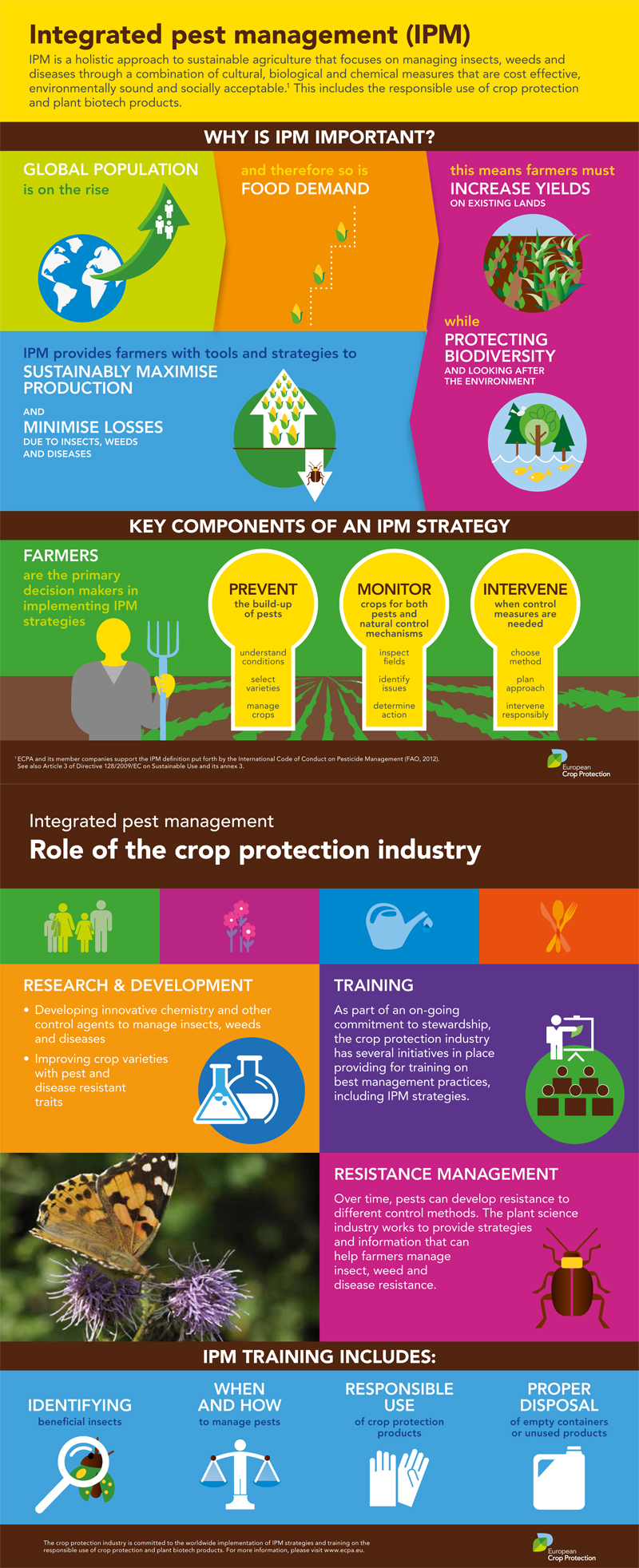Picture your attic as a cozy Airbnb for rats, with insulation as cosy as resort cushions and circuitry much more tempting than area solution. Currently, picture these unwanted visitors throwing a wild celebration in your home while you're away. As a home owner, guaranteeing your attic room is rodent-proof is not nearly assurance; it has to do with safeguarding your building and loved ones. So, what simple actions can you require to guard your refuge from these furry burglars?
Check for Entry Points
To start rodent-proofing your attic room, inspect for entry factors. Begin by carefully taking a look at the exterior of your home, searching for any openings that rats might utilize to get to your attic room. Look for spaces around energy lines, vents, and pipelines, as well as any cracks or holes in the foundation or house siding. Make sure to pay close attention to locations where different structure products satisfy, as these are common access points for rodents.
In addition, inspect the roofing for any harmed or missing tiles, in addition to any spaces around the edges where rats could press via. Inside the attic room, try to find indications of existing rodent task such as droppings, ate cables, or nesting materials. Utilize a flashlight to thoroughly inspect dark corners and hidden rooms.
Seal Cracks and Gaps
Inspect your attic room extensively for any splits and spaces that need to be secured to stop rats from going into. Rodents can press with even the smallest openings, so it's critical to seal any kind of potential entrance factors. Inspect around pipelines, vents, wires, and where the walls fulfill the roof covering. Make use of a combination of steel wool and caulking to seal off these openings properly. Steel woollen is an outstanding deterrent as rats can not eat with it. Ensure that all voids are tightly sealed to deny accessibility to undesirable parasites.
Do not overlook the value of sealing voids around windows and doors as well. Usage climate removing or door moves to secure these locations successfully. Examine the areas where energy lines get in the attic and secure them off making use of a suitable sealer. By taking the time to seal all fractures and spaces in your attic, you produce a barrier that rats will certainly find tough to violation. small wasp nest removal is key in rodent-proofing your attic, so be extensive in your efforts to seal off any prospective entrance points.
Eliminate Food Resources
Take proactive actions to get rid of or save all possible food resources in your attic to hinder rodents from infesting the area. Rats are drawn in to food, so removing their food sources is critical in maintaining them out of your attic room.
Right here's what you can do:
1. ** Shop food firmly **: Prevent leaving any type of food products in the attic room. mice removal cost in closed containers made from metal or heavy-duty plastic to prevent rats from accessing them.
2. ** Clean up particles **: Get rid of any piles of particles, such as old papers, cardboard boxes, or wood scraps, that rodents might make use of as nesting material or food sources. Keep the attic clutter-free to make it less enticing to rats.
3. ** Dispose of rubbish appropriately **: If you utilize your attic room for storage space and have garbage or waste up there, see to it to get rid of it regularly and properly. Rotting garbage can draw in rodents, so keep the attic clean and without any type of natural waste.
Verdict
In conclusion, bear in mind that an ounce of avoidance deserves an extra pound of cure when it involves rodent-proofing your attic room.
By taking the time to check for entrance points, seal fractures and gaps, and eliminate food resources, you can keep undesirable bugs at bay.
Keep in mind, 'An ounce of prevention is worth an extra pound of remedy' - Benjamin Franklin.
Stay proactive and protect your home from rodent problems.
